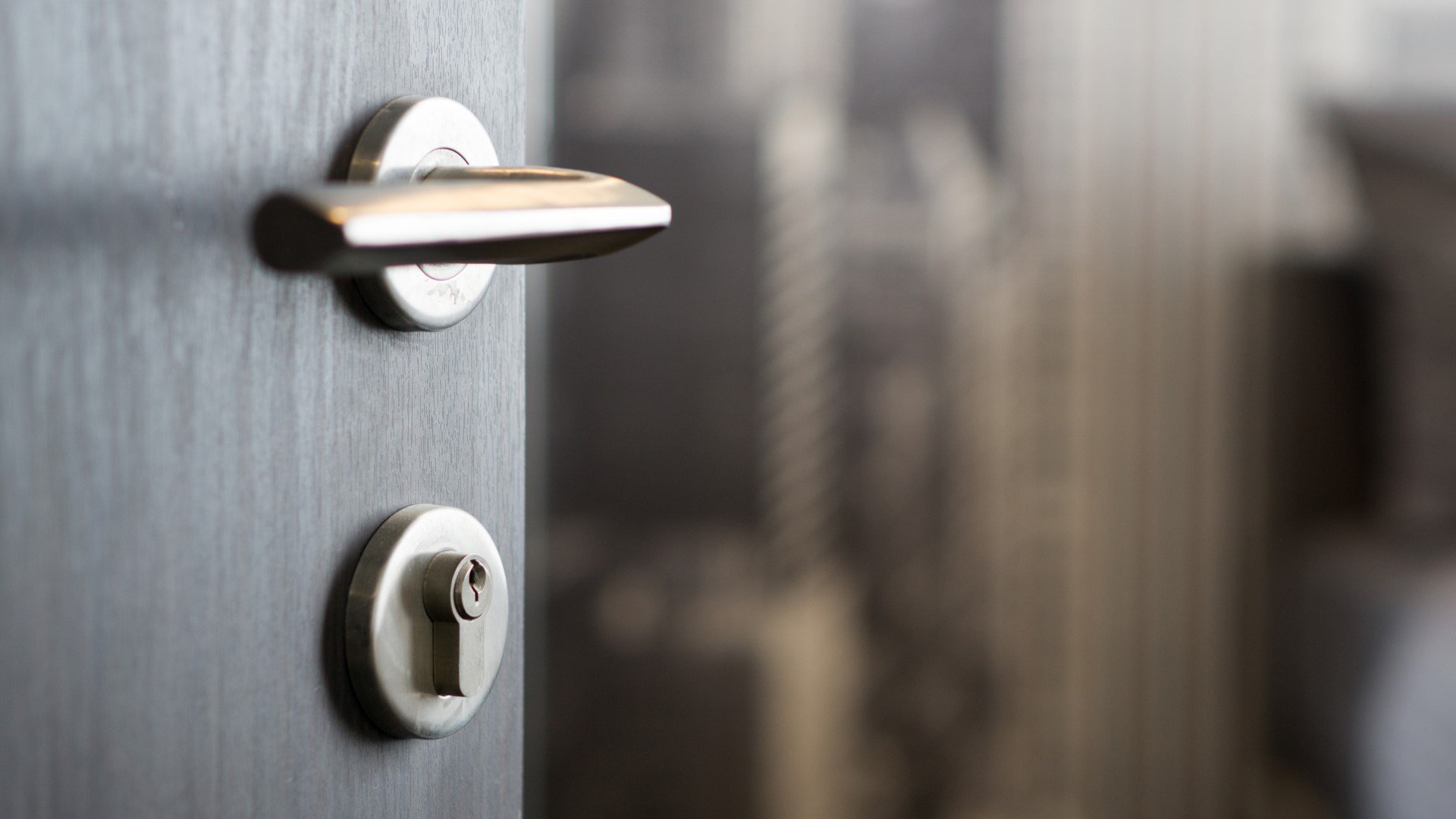Secure Residence Hall Exterior Doors

Unsecured exterior doors are frequently a contributing factor in claims filed against K-12 schools, colleges, and universities. Common claims scenarios include:
- Intruders entering dorms through unsecured doors and assaulting students
- Students accessing dangerous locations, such as rooftops and engineering rooms, through unsecured doors and falling or being injured
Consider this claims example:
Although students reported a broken alarm for their dorm’s external fire door to campus security multiple times, the alarm remained nonfunctional. Students propped the door open without triggering the alarm. An intruder entered through the open door and sexually assaulted a student. The student’s lawsuit against the school claimed the school’s negligence in failing to repair the broken alarm allowed the assault to occur.
Use this article to identify ways your institution can monitor dorm doors to help prevent unauthorized access.
Control Entries and Exits
If multiple unmonitored entrances are available to a residential building, securing any single door may still allow for unauthorized access. Create an entry-and-exit system to control who enters. Enforce a single point of entry and non-emergency exit for students and visitors.
- Ensure all exterior doors are routinely locked.
- Ensure exterior doors, unless designated for entry, lack all exterior hardware such as locks and handles.
- Use exterior doors that automatically close. For example, install self-closing hinges.
- Ensure entry control measures continue to meet guidelines set forth by state or local fire and Americans with Disabilities Act codes.
Incorporate Intruder Detection Systems
Alarms and video monitoring can help detect and apprehend intruders and detect and deter efforts to bypass secure doors.
- Place and monitor video surveillance near external doorways. For guidelines to ensure lawful use of cameras, see Use Security Cameras and Closed-Circuit TV on Campus.
- Identify which security staff members are responsible for monitoring video surveillance, and limit viewing to authorized personnel. Train designated personnel on the installation, use, and monitoring of cameras, and on the collection of video or digital data, applicable laws, and ethical considerations. For examples of video monitoring guidelines, see the Carleton College Surveillance Camera Guidelines and the Cambridge Public Schools Surveillance Camera Policy.
- Implement intruder alarms to alert someone’s attempt to enter or exit through a door that is normally secured, or an attempt to bypass the regular entry system.
- Annually test and inspect exterior door alarms and monitoring systems to be sure they’re working properly.
- Quickly fix malfunctioning or ineffective alarms that are discovered or reported.
Caution: Installing cameras may create a duty to monitor the video surveillance. Ensure all cameras are functional and consistently monitored.
Create and Enforce Housing Policies
Use your school’s housing policies to outline restrictions on how and when people can access the residence halls. Include potential ramifications for violating housing policies. Common housing policy prohibitions include:
- Using fire doors for reasons other than an emergency
- Disabling fire alarm systems
- Propping open external doors
- Accessing the roof, fire escapes, engineering rooms, and building ledges
For examples of housing policies, see the Northeastern State University Residence Life Policies, the Arizona State University Housing Policy, the St. Paul’s School Student Safety Regulations for Residential Housing, and the Columbia University Unauthorized Access or Entry Policy.
Report Violations and Inoperable Alarms to Maintenance and Security
Students and Resident Advisors may hesitate to report students who have propped doors or disengaged alarms because they’re unsure where and how to make a report or they don’t perceive the situation as a real hazard.
- Create an online form to allows students to directly report door problems to the maintenance and security team. Specify that it is appropriate to report propped or broken doors and disengaged alarms.
- Involve maintenance and security staff in Resident Advisor training. Students are likelier to report maintenance or security issues when they understand why this information is important and how officials will respond.
Periodically Review Maintenance and Security Reports
In some claims, students repeatedly reported a malfunctioning door alarm without any resolution prior to an incident. Regularly review your maintenance reports and security incidents for trends, such as broken alarms or dorm intruders, for early identification of hazards before they cause injury. These reviews also can ensure your institution follows through on corrective measures for previously identified hazards.
More From UE
Checklist: Physical Security
About the Author
-

Melanie Bennett, Esq., ARM-E
Senior Risk Management Counsel
In her role on UE’s Risk Research team, Melanie dives into timely topics affecting education. Her areas of expertise include protecting minors, enterprise risk management (ERM), technology accessibility, and athletics. Prior to joining UE, she interned at the U.S. Department of Education’s Office for Civil Rights. Melanie serves on the Higher Education Protection Network’s (HEPNet’s) Board of Directors.





